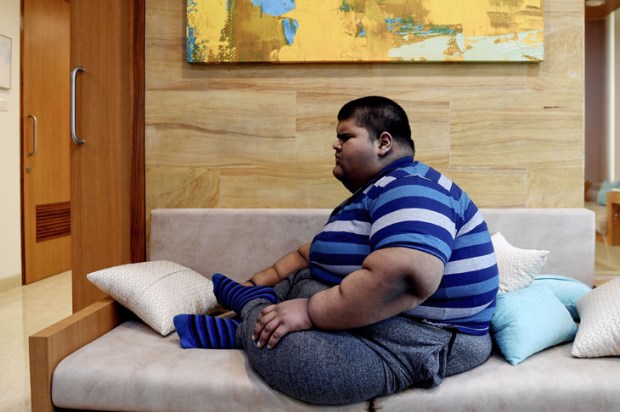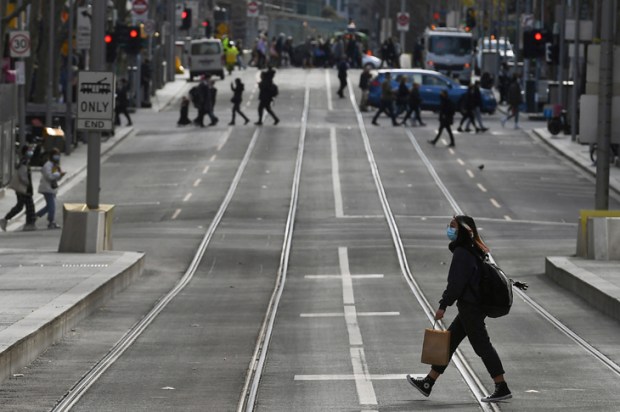The worldwide spread of Omicron
Indulge me for a moment and imagine the following scenario. A new Covid-19 variant originates in an African country and before border defences come down hard once again everywhere, it has quickly spread to dozens of countries on every continent.
Experts are then able to trace the global dissemination to unvaccinated travellers. It’s really not hard to imagine the hysterical vilification of the unvaccinated in this scenario and the cascading series of restrictions on their movements and complete exclusion from all public life by control fascists masquerading as public health authorities and given sweeping powers by Pontius Pilate-like prime ministers and premiers, to general public applause.
This of course is exactly what has happened, except that the unvaxxed are not the villains. We know that Omicron has spread to more than thirty countries in all inhabited continents. We know as well that this took place during the timeframe in which only the fully-vaccinated can travel internationally with masking mandatory on all international flights.
Therefore the worldwide spread of the new highly infectious variant is due exclusively to the vaccinated while subject to compulsory masking. UK authorities confirm that most of the Omicron-infected are double-vaccinated.
What’s been the reaction of public health authorities and the control freak experts?
They want tougher restrictions, booster jabs, mask mandates back, compulsory vaccinations and vaccine apartheid. This time around the evidence for the ineffectiveness of these measures is so unambiguous, so overwhelming, so one-sided, that if this doesn’t collapse the narrative, then I give up hope on human intelligence and understanding.
For example, Dr Graham Pinn, a retired physician, argued recently that the Omicron variant proves that ‘movement of the non-vaccinated needs to be limited’. Yet on the indisputable evidence of the data, the vaccinated should be the ones subject to limitations on their movement. Or, as a really heretical thought, perhaps no group’s movement should be limited, the unvaccinated should not be treated as germ-ridden superspreaders of the disease and only the symptomatic ill should be of interest to authorities.
The panicked global response has also retrospectively validated China’s deception on the timing and origins of the pandemic.
The World Health Organisation has been irritated by the hysteria over a variant that is infectious but not very lethal so far. Dr Angelique Coetzee, chair of the South African Medical Association who reported the new variant, is nonplussed by the fuss over the ‘very mild’ variant. In essence South Africa has been punished for being a good international citizen by detecting and promptly reporting the new variant.
In turn this points to the stupidity of the obsession with ‘cases’ in the general population (meaning, in practice, a highly unreliable positive test), including asymptomatic people, instead of focussing on treatment for those actually ill. Another strong piece of evidence on the idiocy of highly disruptive testing and track and tracing protocols as Covid-management tools comes from official UK statistics. Their weekly reports continue to show that the per capita rates of infection are significantly higher for the vaccinated adults than for the unvaxxed and are indeed more than double for those aged 40–59.
The UK Health Security Agency cautions that these are unadjusted figures and care should be exercised in interpreting them. Experts and different parts of the government worry that the data could undermine their message on vaccine efficacy. Yet the same unadjusted data do confirm the effectiveness of vaccines in significantly reducing new hospital admissions and deaths. Unvaccinated people aged 40–79 are between three to four times more likely to die with Covid compared to the vaccinated; and around four times more likely to be hospitalised. Officials cannot discount the data for infections yet insist on their accuracy, reliability and policy utility for hospital admissions and mortality rates. For all the caveats, therefore, the statistics do tell a story worth telling – including the sad reality that despite lower per capita mortality rates, the vaccinated make up 80 per cent of all Covid deaths.
Moreover, it is also possible to chart the growth and contraction trajectories for hospitalisations and deaths over nearly three months now. Rather than comparing the vaccinated to the unvaxxed groups on these two measures, it’s more useful to look at each of the four lines separately to plot the rough ascent and fall of the rates of hospital admissions and deaths. The graphs show that hospitalisations have been falling for both vaccinated and unvaccinated groups while deaths have risen slightly, possibly reflecting the falloff in efficacy as time goes by after the second dose.
The policy implications for me are crystal clear:
- Focus protection efforts on the vulnerable, in particular the elderly with comorbidities;
- Terminate test, track and trace campaigns;
- Ditch masks that mainly symbolise compliance with useless diktats;
- Open the door to treatment using repurposed drugs with a proven safety profile;
- Mandate vaccines for workers in healthcare settings but relocate the vaccine-hesitant away from frontline duties rather than firing them;
- Restore screenings and procedures for all non-Covid ailments;
- Stop treating the unvaccinated as infected germ-spreaders; and
- Open up society to the pre-Covid normal.
All I want for Christmas is my old life back. Is that really too much to ask?
Got something to add? Join the discussion and comment below.
Get 10 issues for just $10
Subscribe to The Spectator Australia today for the next 10 magazine issues, plus full online access, for just $10.
You might disagree with half of it, but you’ll enjoy reading all of it. Try your first month for free, then just $2 a week for the remainder of your first year.














Comments
Don't miss out
Join the conversation with other Spectator Australia readers. Subscribe to leave a comment.
SUBSCRIBEAlready a subscriber? Log in